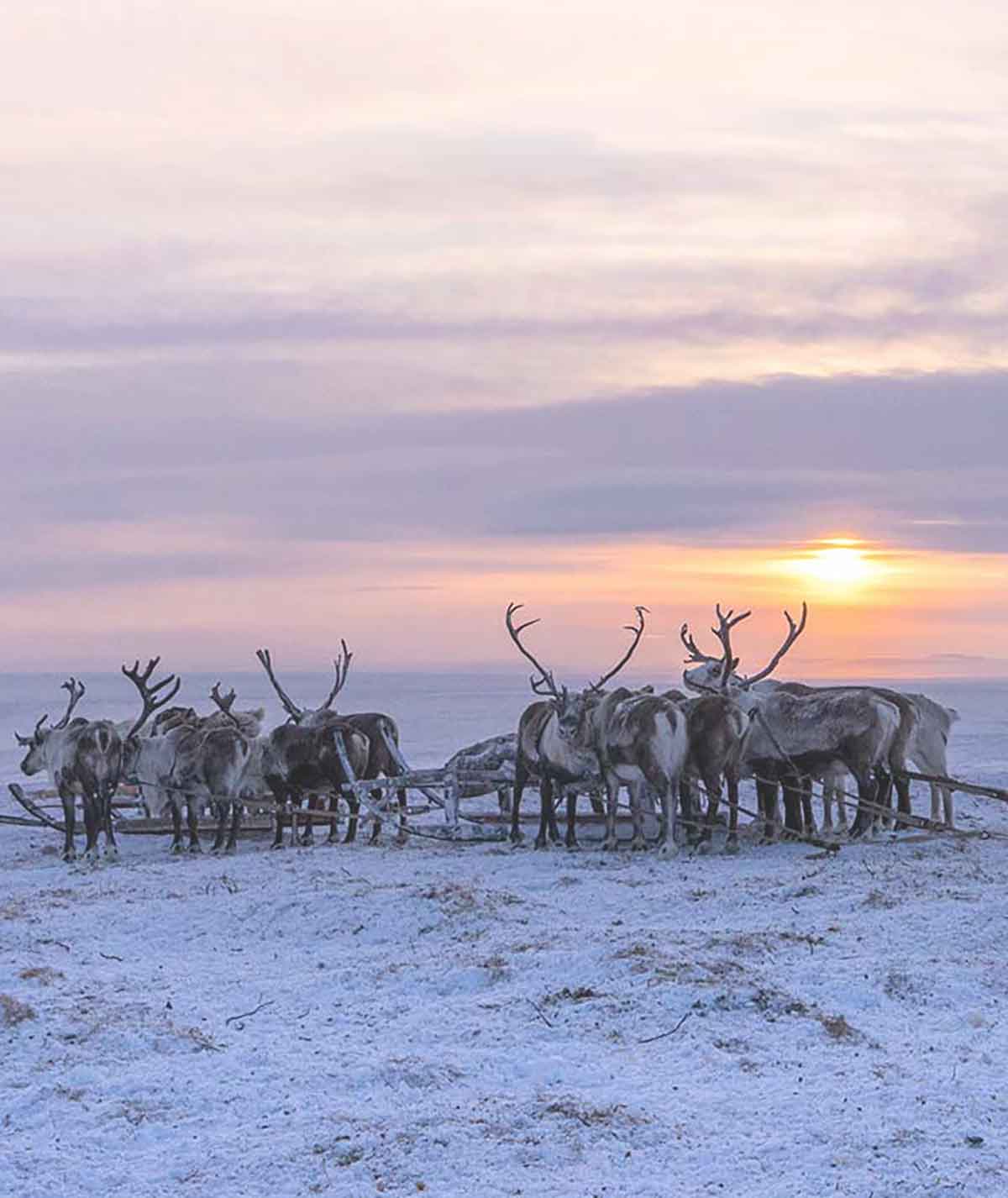Shamanic Seeing
Insights into shamanism
The consciousness of living things
You can look at a tree, and register it as such: tall or short, with or without leaves, dark or light in colour. Then you are the observer, and the tree is the observed; you are two beings isolated from each other. Or you can ‘see’ the tree without preconceptions, fully alive, and be filled with awe in the presence of consciousness. Now there is no separation between you and the tree. It is this kind of seeing towards which shamanism points us. It means seeing without the stories in our heads about what we think we already know. Isolation does not bring freedom; we are losing ourselves in the isolation of our modern world, which locks us into the confines of the mind, and consequently into a limited way of perceiving reality.
A raised consciousness
Shamanism is a spiritual path and a practice. It seeks to explore reality in both its visible and invisible aspects with as much clarity as possible, always aiming for deeper truth and finding practical application in everyday life. The word shaman comes from the Tungus people in Siberia and although its exact etymology is unclear, it is thought to mean ‘the one who sees’, ‘the one who knows’, or ‘to be consumed with fire (of inspiration)’.
Shamanism is pragmatic and adapts to the present times. Today I believe it points us towards a future where we can integrate scientific and technological knowledge with earth-based teachings on the unity of all life and the reality of the two worlds: the physical and the spiritual. Shamanism is like an arrow that flies towards the target of bringing these two together, creating a new world of raised consciousness. With the revival of shamanism over the last thirty-five years, the arrow has been launched.
Respecting the River
Shamanism is like a great river. When we stand in the shallows close to the bank, we know that there is a huge depth in that river too. Respecting the water means not getting out of our depth before we are sufficiently skilled. We can swim, but it is good to know the territory, the potential depth, to know how strong the currents can be, and what to do in the rapids. The deeper we go into the river, the stronger the current. Only an initiated shaman is able to move in the deepest centre where the current is strongest, be fully submerged, and able to walk out on the other side. The river demands respect.
Respecting the Source
Nowadays the word ‘shamanism’ is used in a range of contexts. It is valuable to know something about the history and definition of the term, and not just from an intellectual perspective. Shamanic techniques and teachings come from indigenous people who have fought hard to keep them alive, and many have died in the process. An informed respect for the history of traditional shamanism assists in keeping wholeness and balance. If people in the West are going to call themselves shamans, it is appropriate that they know what it takes for an indigenous person to become a shaman, which in most cases is a very different ballgame. That knowledge can bring measure and respect to our practice of shamanic techniques, and of the Earth Wisdom teachings.

Join the Circle
Subscribe to our newsletter to hear the latest news about our workshops, training courses and trips.